Contents
- Early History
- Pre-colonial Days
- Colonial History
- Local Figures & Organizations
- Shree H. V. P. Mandal
- Shri Shivaji Education Society
- Dr. Panjabrao Deshmukh Memorial Medical College (PDMMC)
- Sant Tukdoji Maharaj
- Government College of Engineering, Amravati
- Post-Independence Era and Contemporary Educational Infrastructure
- Primary & Secondary Education
- Institutions of Higher Learning
- Vidarbha Institute of Science and Humanities
- Sant Gadge Baba Amravati University
- G H Raisoni University
- Graphs
- Enrollment and Dropout Rate
- A. Student Enrollment Numbers
- B. Student Enrollment (Class-Wise)
- C. Student Enrollment (Gender-Wise)
- D. Student Enrollment (By School Management Type)
- E. Drop Out Rate (By Schooling Level)
- F. Drop Out Rate (By Gender)
- Schools
- A. No. of Schools
- B. No. of Schools (Filtered by Gender Mix)
- C. No. of Schools (By School Management Type)
- Teachers
- A. No. of Teachers
- B. No. of Teachers (By School Management Type)
- C. No. of Teachers (Male vs Female)
- D. Education Level of Teachers
- Sources
AMRAVATI
Education
Last updated on 4 November 2025. Help us improve the information on this page by clicking on suggest edits or writing to us.
The educational framework of Amravati aligns with the broader structure of the Indian education system, encompassing pre-primary, primary, secondary, and higher education. However, its history extends well beyond this contemporary structure. It is briefly noted in the colonial district Gazetteer (1884), that indigenous systems of education did exist before colonial rule, with villages having their own little learning centres.
By the 19th century, however, this changed with the introduction of the Western education framework in the district. British administrators and missionaries became actively involved in shaping education in the region and the Board of Education in the district was established in 1866. Still, even as colonial influences grew, the early 20th century saw a wave of local initiatives; its existence indicated an increasing public awareness regarding the importance of education. Local communities took charge of education, a movement that carried into the post-independence era, shaping the district’s educational landscape in lasting ways.
Early History
The documented history of education in Amravati can be traced back to the 19th century. Prior to this era, information about educational centers in the district was sparse due to limited historical records. However, this does not imply that formal education was completely absent in the district. Interestingly, the region’s history is, in many ways, linked to the ancient Vidarbha Kingdom, which is mentioned in the Mahabharat as an influential cultural and political center. Kaundanyapur, a village in Amravati, is identified by many scholars as Kundinapuri, which is believed to be the capital of this Kingdom.
Notably, references to Vidarbha’s educational heritage can be found in early texts. Poulami Ray (2023) in her paper mentions that the Brihadaranyaka Upanishad describes the area as a “flourishing center of knowledge,” with specific mention of “a renowned teacher” named Vaidarbhi Kaundinya. This suggests that Vidarbha had a reputation for scholarship and philosophical discourse even in ancient times. It is possible to connect the district’s early educational heritage to this period. Its ties to the ancient Vidarbha Kingdom and the presence of historically significant sites like Kaundanyapur indicate that the district may have shared in the region’s broader tradition of knowledge and intellectual life.
Pre-colonial Days
Other than this, as mentioned earlier, the district Gazetteer (1911) also hints at the presence of a few “indigenous” elementary schools in the region before the British oversight of education began in 1861.. This suggests that some system of education was present before the 19th century.
According to the Gazetteer, these private schools typically taught Sanskrit to Brahmin boys and Marathi to other Hindu communities, while scheduled castes and tribal groups were excluded. Instruction in Arabic, Persian, and Urdu is also noted to have been provided by local Maulvis. Fascinatingly, it is mentioned in the Gazetteer that “quite a few good writers and accountants raised by the few indigenous schools or by private household tuition did exist.” These included village clerks, literary Deshmukhs, well-established traders, Kazis, and other local figures who benefited from these schools.
These records suggest that local schools and household instruction in Amravati provided basic education and practical skills to certain sections of the population before the introduction of formal state-run schooling.
Colonial History
By the 19th century, education in Amravati underwent significant changes with the introduction of the Western education system under British rule. British administrators, missionaries, and local figures too became active in organizing formal schools and expanding access to education across the district.
The earliest organized Western-style schools in Amravati were established around 1861, when the British government began setting up scattered schools in the region. By 1866, a dedicated Education Department was introduced to oversee the district’s schooling system.
Interestingly, Amravati’s literacy rates stood out within the wider region during this period. It is noted in the district Gazetteer that, “the census report of 1911 gives the figures of literates as 74 per mille (per thousand) for the Maratha Plain Division, stating that it was highest in Amravati along with Nagpur and Wardha.”
A variety of institutions also emerged during this period, such as government schools, privately funded schools, and schools run by religious communities. When it comes to Amravati, what stands out is that alongside this Western framework, traditional learning also continued in many areas. Wealthy merchants founded schools in places such as Tiwsa, where Sanskrit was recorded to have been taught. In Kakada (Achalpur taluka), a mosque ran a school that provided religious instruction, showing how local communities maintained traditional and religious education alongside new colonial institutions.
Vocational education also began to take shape during this time. In 1907, a privately managed vocational high school was established in Amravati to offer training in practical trades. This school was later taken over by the government in 1952 and renamed the Industrial School. In the years after independence, it expanded its courses to include carpentry, metalwork, leatherwork, tailoring, and electrical work, providing students with practical skills for employment.
Local Figures & Organizations
As mentioned above, while entities from the West played a significant role in shaping the educational landscape of Amravati, local figures and organizations also emerged as key contributors. Many of them established institutions that continue to shape education in the district today, alongside community-led organizations that have played a lasting role in its development.
Shree H. V. P. Mandal
Shree Hanuman Vyayam Prasarak Mandal, commonly referred to as HVPM, is a prominent institution based in Amravati, Maharashtra. It was established in 1914 by Shri Ambadaspant and Shri Anant Krishna Vaidya, along with several colleagues and freedom fighters. Since its inception, the Mandal has been involved in promoting sports, physical education, and educational initiatives aimed at marginalized and disadvantaged communities.
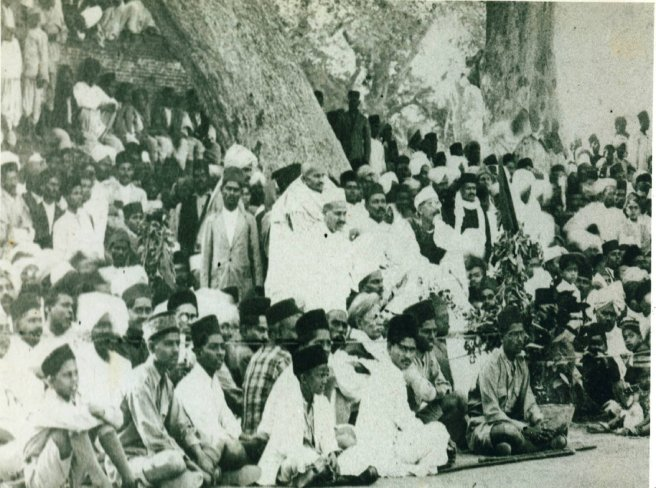
HVPM began actively promoting Indian traditional sports in 1928. After India’s Independence, the organization expanded its scope to include training in physical education and yoga, and later extended its activities to encompass Ayurvedic medicine and education targeted towards Scheduled Tribe (ST) communities.
The Mandal has received multiple recognitions for its work, including the Maharashtra Government’s Aadivasi Seva Sanstha Puraskar in 1997 and a State Government Award in 2002. Remarkably, HVPM is also an NGO Advisory member to UNESCO for the safeguarding and promotion of Intangible Cultural Heritage. Several individuals associated with the Mandal have also received national honors: Dr. Shivaji Patwardhan, Shri Prabhakarrao Vaidya, and Shri Shankarbaba Papalkar were awarded the Padma Shri for their contributions, while Smt. Nirmalatai Deshpande, who served as President of the organization, was conferred the Padma Vibhushan in 2006.
Shri Shivaji Education Society
Shri Shivaji Education Society, established in 1932, is another well-known organization which has a long history of contributing to the educational development of Amravati. Founded by Dr. Panjabrao alias Bhausaheb Deshmukh, a notable educationist, the first Agriculture Minister of India, and a member of the Constitution Drafting Committee, the society has played a significant role in promoting higher education in the region.
Dr. Panjabrao Deshmukh Memorial Medical College (PDMMC)
Dr. Panjabrao Deshmukh Memorial Medical College (PDMMC) in Amravati is a prestigious institution dedicated to medical education, research, and healthcare. Established in memory of Dr. Panjabrao Deshmukh, a visionary leader and social reformer, the college offers undergraduate (MBBS), postgraduate, and diploma courses in various medical disciplines. It is affiliated with the Maharashtra University of Health Sciences (MUHS) and recognized by the Medical Council of India (MCI). Equipped with modern laboratories, a teaching hospital, and experienced faculty, PDMMC provides quality education alongside hands-on clinical training. The attached hospital serves thousands of patients annually, making it both an academic and healthcare hub of Vidarbha.
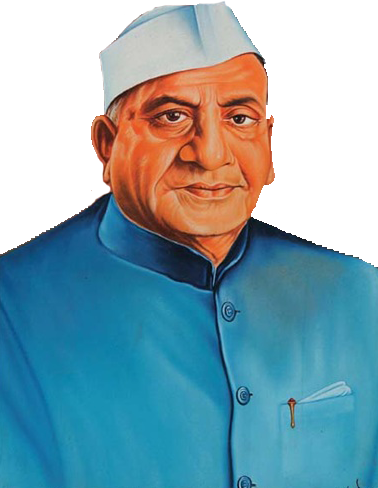
The society’s first institution, Shri Shivaji Arts College, was founded in 1946. At that time, it was considered one of the few educational institutions offering higher education to the people of the Varhad region (commonly referring to the Amravati division). This is particularly significant given the context of the era, as records from various district Gazetteers show that higher education institutions were scarce in many districts across Maharashtra during that period.
Continuing its expansion, the society established Matoshree Vimalabai Deshmukh Mahavidyalaya in 1956. This institution evolved from a Rural Institute founded under the recommendations of the Radhakrishnan Report and initially offered a three-year National Diploma in Rural Services aimed at preparing youth for rural development. Through these institutions, the society has significantly contributed to the educational landscape of the district from the colonial era into the post-Independence period.
Sant Tukdoji Maharaj
Among the visionary educationalists and reformers who shaped the social and educational landscape of their regions before independence, Sant Rashtrasant Tukdoji Maharaj was one. He was involved in reform initiatives in rural areas and participated in public discourse on social and community development. He also engaged in various spiritual practices, including meditation and ascetic discipline.
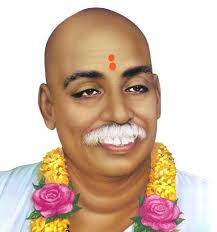
In 1944, he founded Shri Gurudeo Ayurved College in order to advance Ayurvedic education and promote the Indian system of medicine within the Amravati and the wider Vidarbha region. The college was formally registered with government authorities in 1959 and has since become one of the oldest and most respected Ayurvedic institutions here.
Government College of Engineering, Amravati
Government College of Engineering, Amravati (GCOEA), established in 1964, is one of the oldest and most reputed engineering institutes in Maharashtra. Affiliated with Sant Gadge Baba Amravati University and recognized by AICTE, it offers undergraduate, postgraduate, and doctoral programs in various engineering disciplines. The institute is known for its strong academic curriculum, research culture, and emphasis on innovation. With modern laboratories, well-equipped workshops, and experienced faculty, GCOEA nurtures technical excellence and professional skills. The college has a vibrant student community, active placement cell, and strong alumni network, making it a key center for engineering education in the Vidarbha region.
Post-Independence Era and Contemporary Educational Infrastructure
Following India's independence, the education system in Amravati underwent major transformations. The introduction of structured education levels, pre-primary, primary, secondary, and higher education, and the implementation of National Education Policies heavily shaped the educational landscape of the district. Over the years, the education sector developed with contributions from both government-funded institutions and private organizations. Additionally, educational boards were also introduced, each offering distinct curricula and standards, providing students with more choices.
Primary & Secondary Education
During the colonial period, both public and private efforts in education primarily focused on primary and secondary schooling, as indicated by data from district Gazetteers across Maharashtra. Higher education remained underdeveloped in most districts, including Amravati with gradual improvements over time. While basic infrastructure for primary and secondary education existed, its expansion was closely tied to increasing enrollment and greater involvement of local figures.
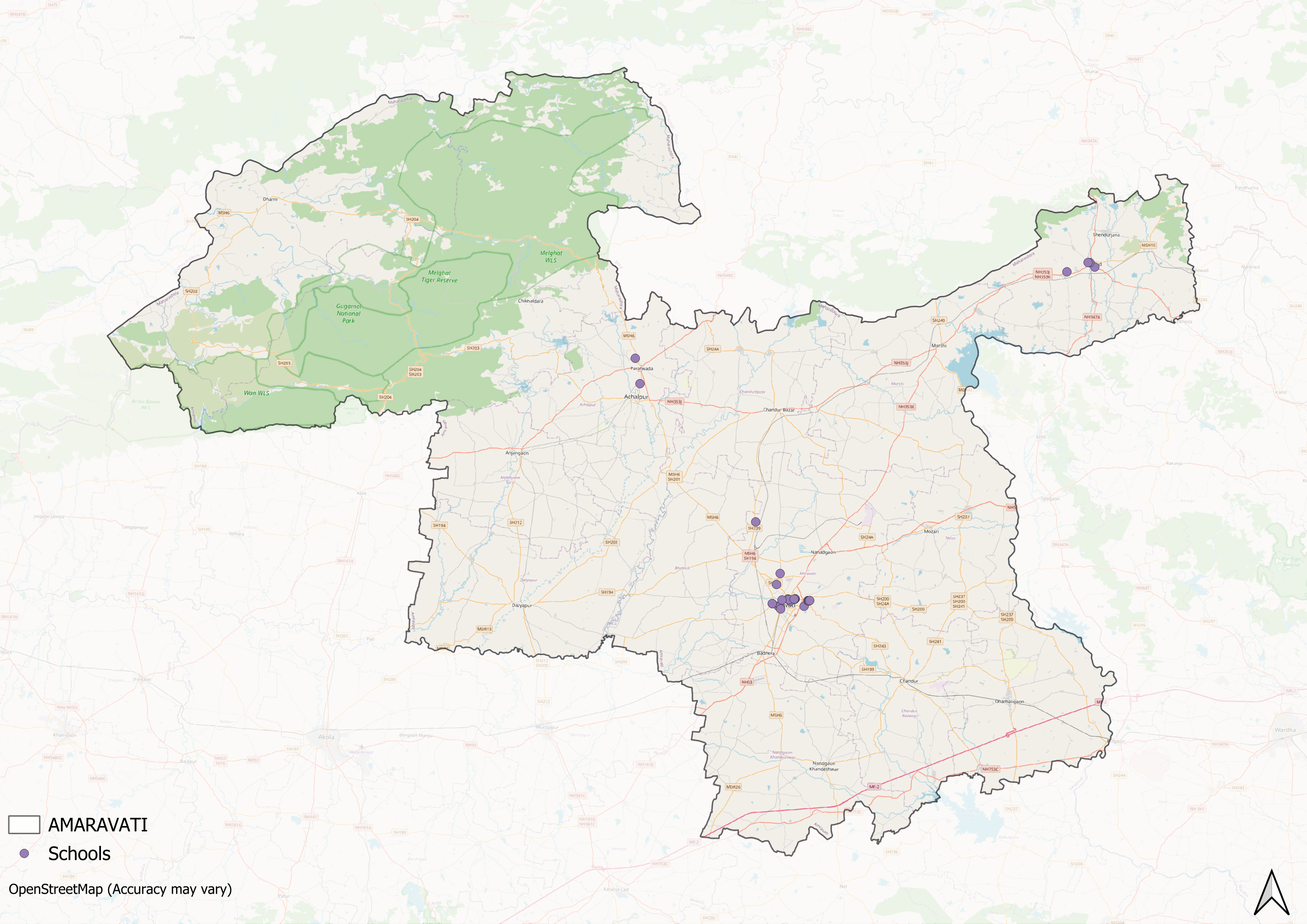
Today, this expansion is evident in the widespread presence of schools across various wards of Amravati, with available data reflecting the steady growth of educational institutions in both urban and rural parts of the district.
Institutions of Higher Learning
One of the most notable changes in Amravati’s educational landscape is the expansion of higher education institutions. While primary and secondary schooling grew steadily, opportunities for advanced education remained limited for much of the district’s history. As illuminated above, over time, local leaders and organizations played a crucial role in addressing this gap, leading to the establishment of several colleges, many of which are now privately managed, semi-private, or autonomous.
Vidarbha Institute of Science and Humanities
Still, it is to be noted that some efforts were being made during the colonial period to expand access to higher education in the region. Established in 1923 as King Edward College, the Vidarbha Institute of Science and Humanities stands among the earliest institutions of higher education in Amravati and the broader Vidarbha region.
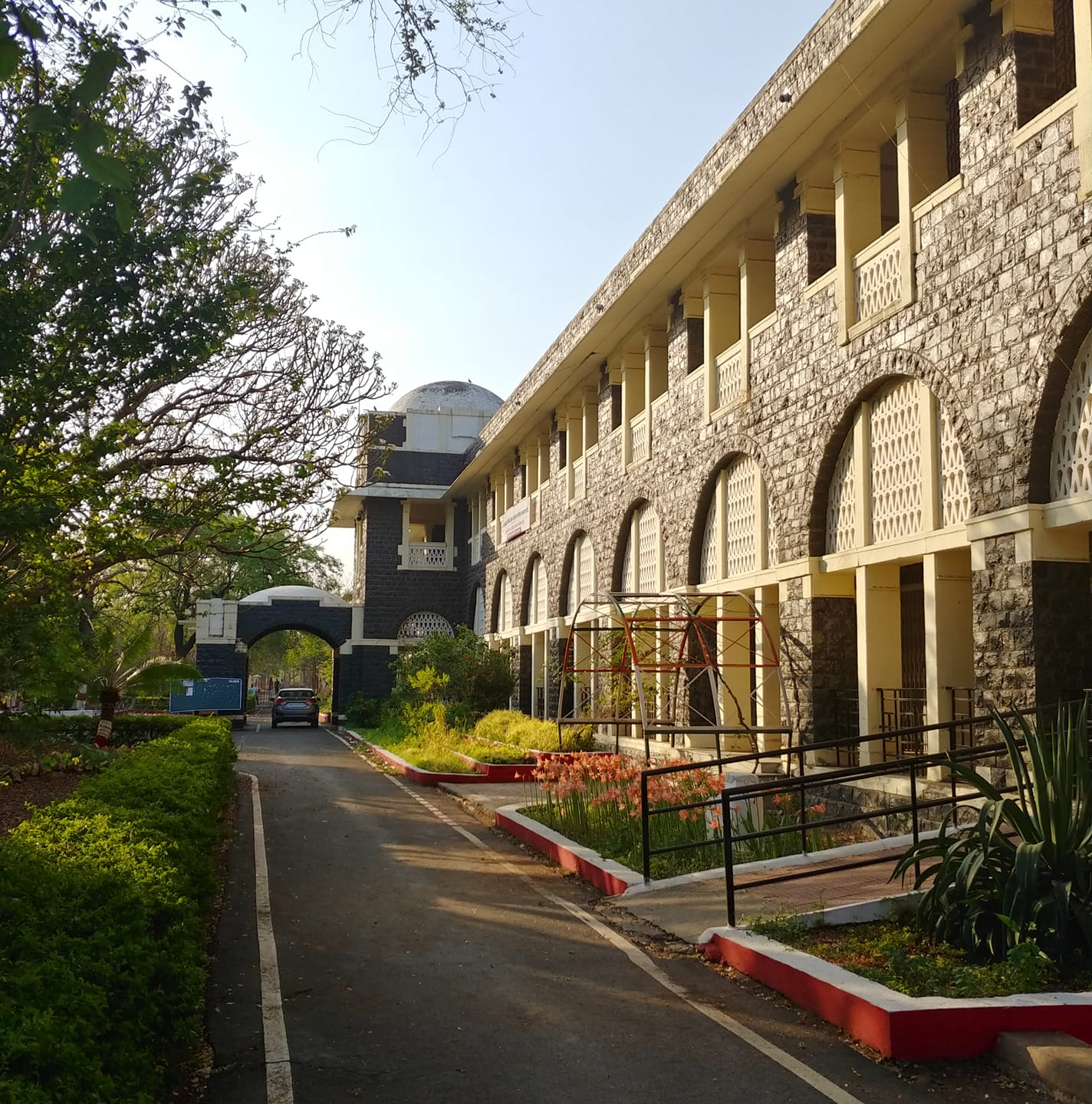
Initially offering instruction in science and the arts, the college has since expanded into a multidisciplinary institution providing higher secondary, undergraduate, and postgraduate education. It also functions as a recognized research centre, offering doctoral programmes in over 20 academic disciplines.
Sant Gadge Baba Amravati University
Sant Gadge Baba Amravati University was established in the 1980s as a state public university. It is one of the largest universities in India in terms of affiliated colleges, with over 390 institutions listed under its jurisdiction.
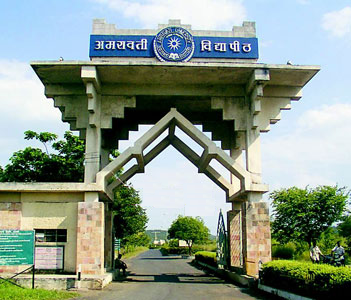
Notably, the university serves five districts in Maharashtra, Akola, Amravati, Buldhana, Washim, and Yavatmal, which is, in many ways, indicative of its status as a central hub for higher education in the region.
G H Raisoni University
G H Raisoni University, located in the Badnera area of Amravati, is regarded to be the first private state university in the Vidarbha region. It is part of the Raisoni Group of Institutions (RGI), which began operations in 1998 with a single engineering college and has since expanded across Central India, including campuses in Nagpur and Madhya Pradesh.
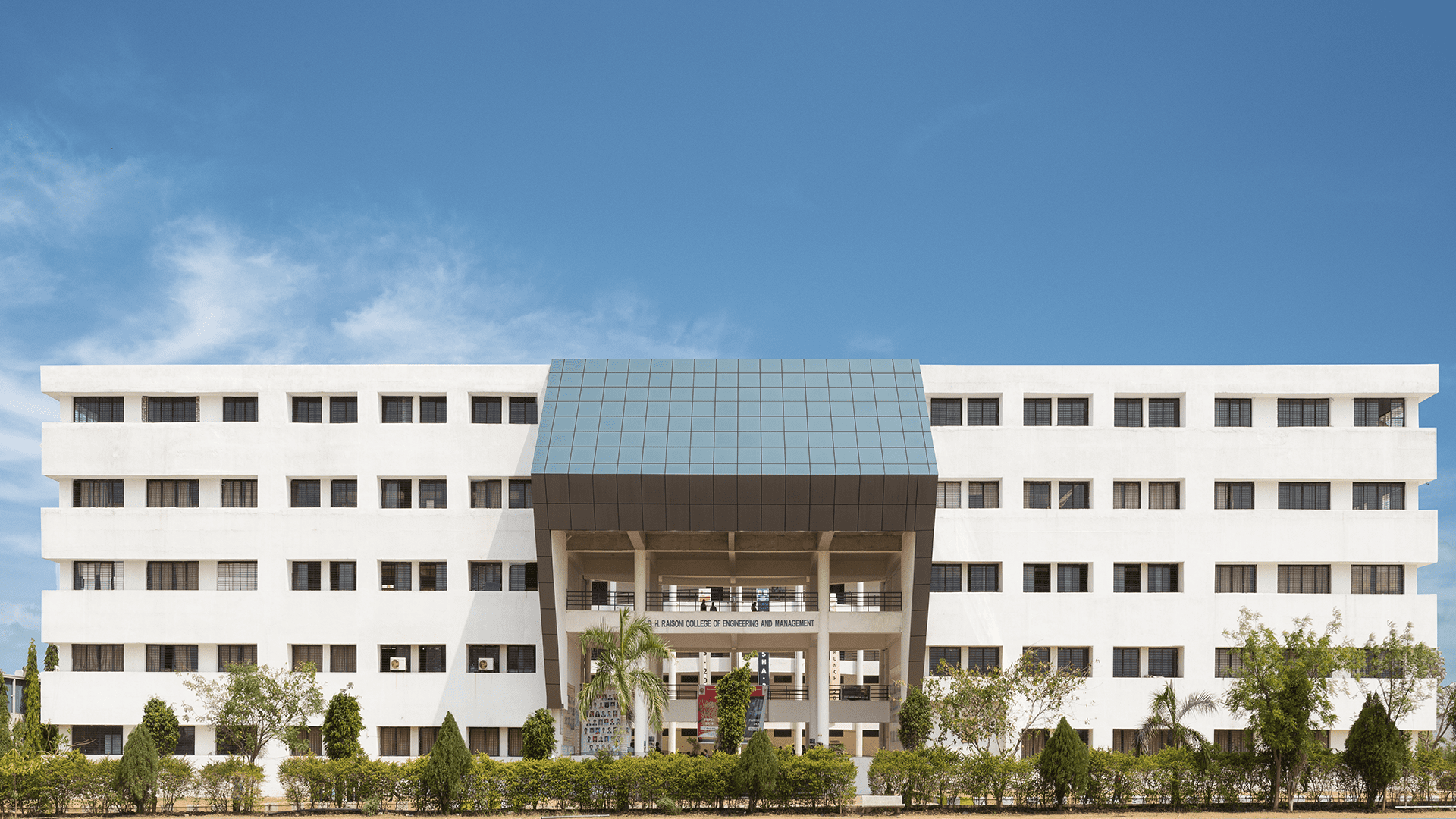
The university offers diploma, undergraduate, and postgraduate programs across a range of disciplines, including law, hospitality management, engineering, media studies, sciences, and performing arts.
Notably, in a major development for the region, Amravati is set to be home to the world’s first university dedicated to Marathi language studies, which is, in many ways, a landmark achievement for both regional language education and higher education in the district.
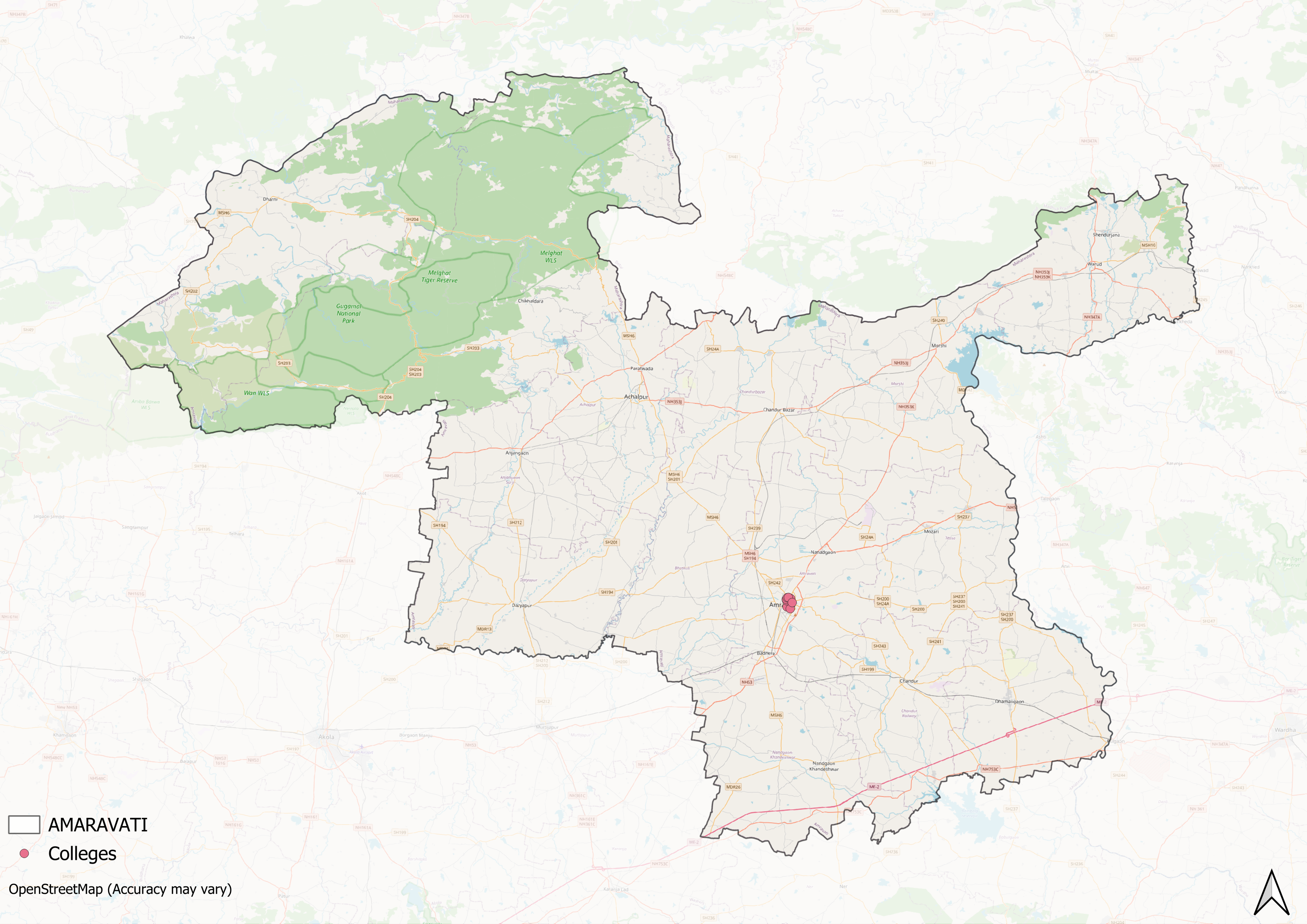
Alongside these institutions, many more spaces for higher learning operate across the district, offering programmes in a range of fields. However, while one can see here that higher education opportunities have expanded since the post-independence days, geographic disparities appear to persist, with urban centers having better access to institutions compared to rural areas.
Graphs
Enrollment and Dropout Rate
Schools
Teachers
Sources
G H Raisoni University Amravati. Leadership.https://ghru.edu.in/amravati/leadershiphttps://ghru.edu.in/amravati/leadership
G H Raisoni University Amravati. Programs Offered.https://ghru.edu.in/amravati/program-offered…
Gazetteer of India. 1960.Maharashtra State Gazetteers: Amravati District. Directorate of Government Print., Stationery and Publications, Maharashtra State.https://books.google.co.in/books?id=PVNuAAAA…
Gazetteer of India. 1968.Maharashtra State Gazetteers: Amravati District. Directorate of Government Print., Stationery and Publications, Maharashtra State.
Government Vidarbha Institute of Science and Humanities. n.d.About the Institute.https://gvishamt.org/about-institute/
Government Vidarbha Institute of Science and Humanities. n.d.Director’s Desk.https://gvishamt.org/directors-desk/
Hanuman Vyayam Prasarak Mandal. About Us.https://hvpm.org/about-us.php
Hanuman Vyayam Prasarak Mandal. Main Website.https://www.hvpm.org/
Mahatma Vidyalaya College. About College.https://mvdcollege.org/pages/about_college.p…
Mrityunjay Bose. 2023.World’s First Marathi Language University to Come Up in Amravati.https://www.deccanherald.com/india/worlds-fi…
Poulami Ray. 2023.Visualising Region in History. Athena Journal of Commerce and Business Management. vol 7.
Sant Gadge Baba Amravati University. Affiliated Colleges Websites.https://www.sgbau.ac.in/pages/affiliated-col…
Shivaji College. About College.https://shivajicollege.org/pages/about_colle…
Shri Gajanan Ayurved College. About College.https://sgayurvedcollege.com/SGAyurved/php_w…
Last updated on 4 November 2025. Help us improve the information on this page by clicking on suggest edits or writing to us.